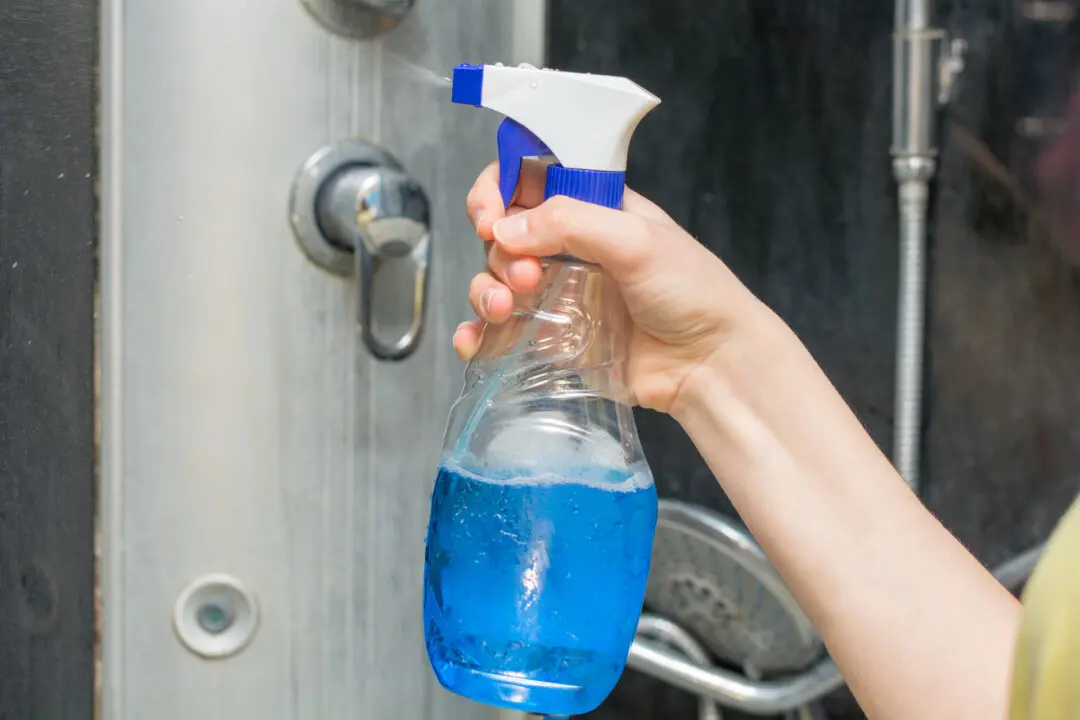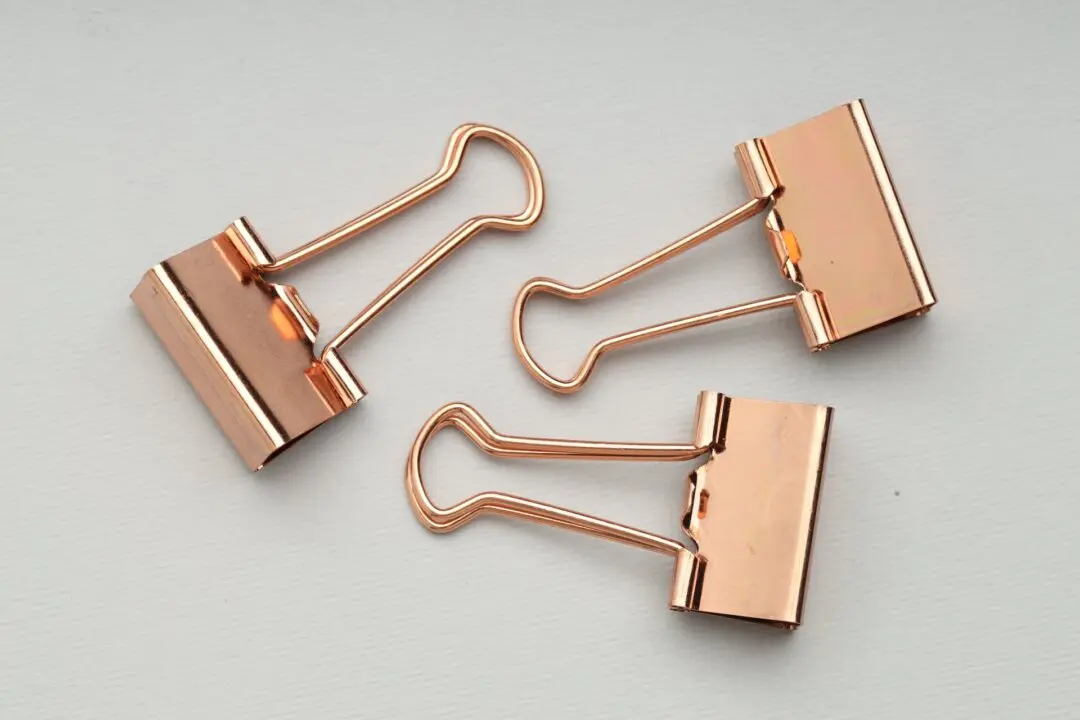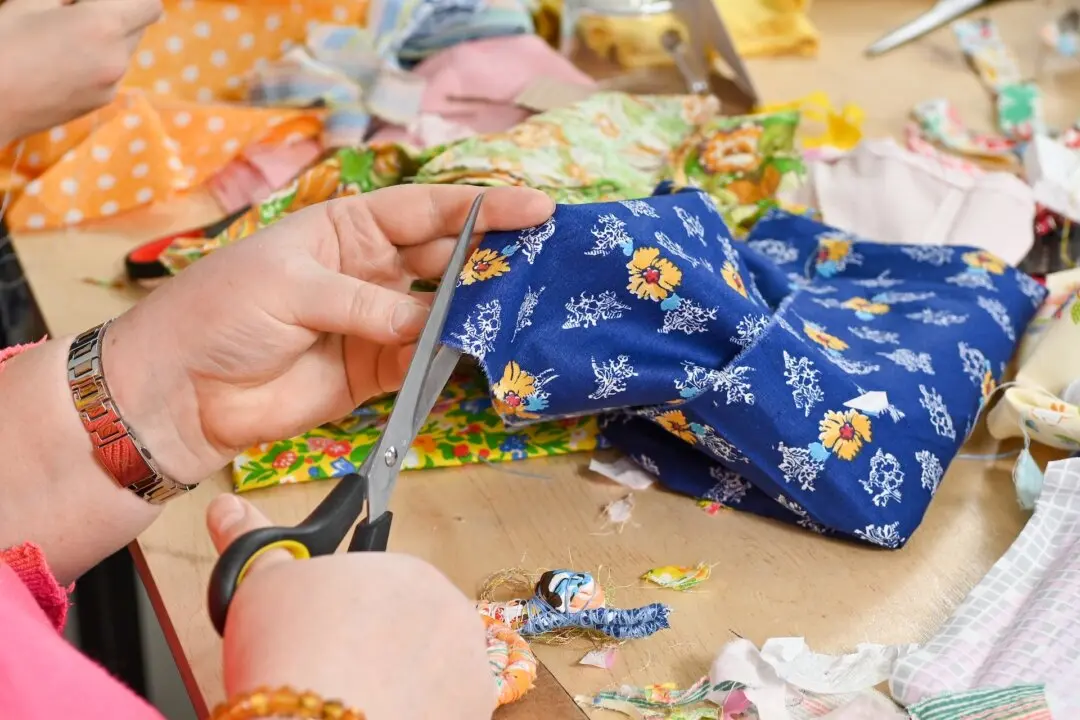There are a few things as comforting as slipping between super soft, comfy flannel sheets on a cold winter night.
But not all flannel is created equal. The problem with flannel and other raised fiber fabrics like fleece and knits is the heartbreak of “pills” -- those little raised balls that develop, creating a lumpy surface. The solution to the pilling problem with flannel sheets is twofold: Opt for high-quality flannel, and take steps to prevent pilling.





